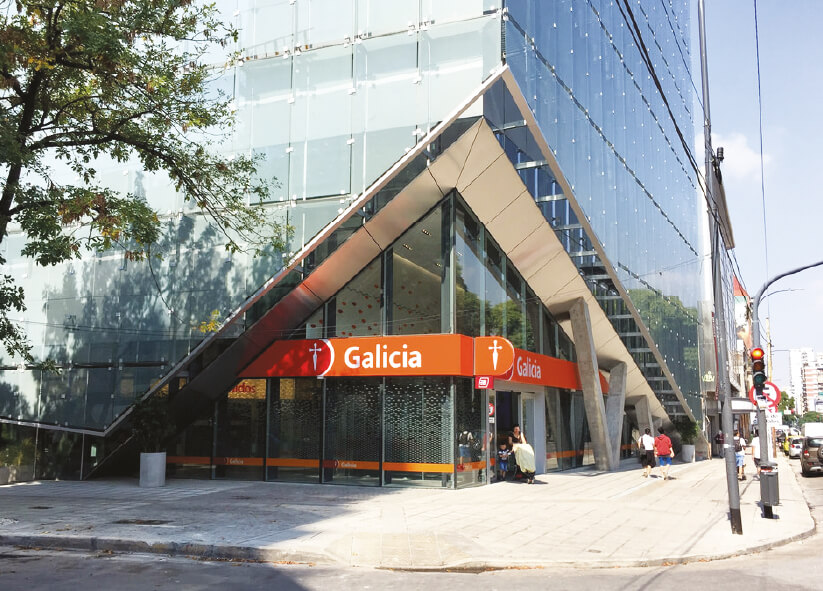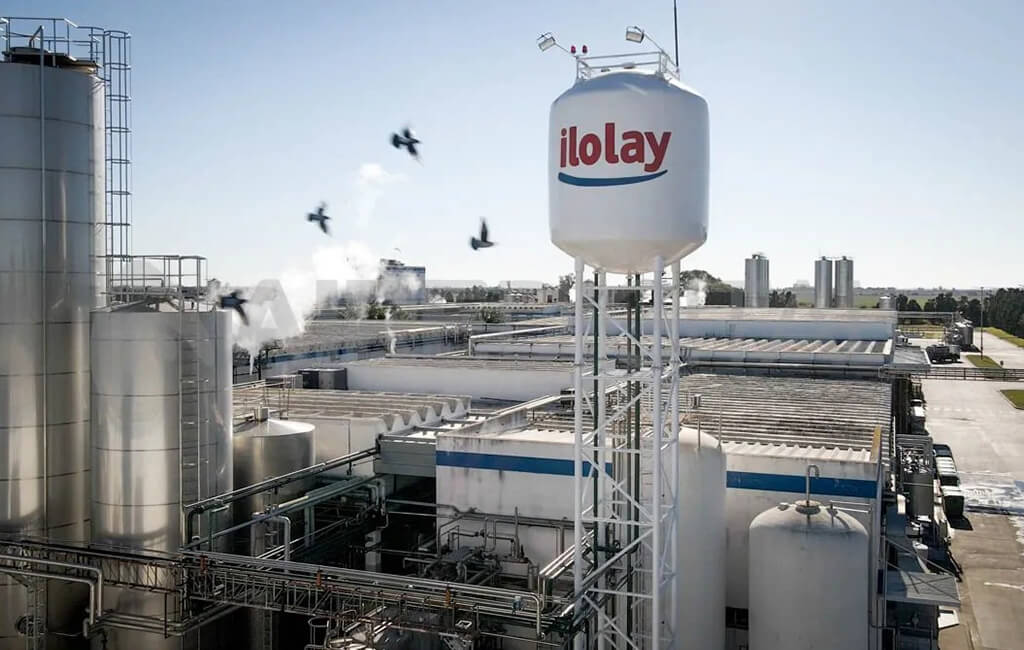Founded in 1905, Banco de Galicia y Buenos Aires S.A.U. is one of the largest private-sector banks in the Argentine financial system. As a universal bank, and through different affiliated companies and a variety of distribution channels, it offers a wide range of financial services to more than 3 million customers, both individuals and companies, and operates one of the most extensive and diversified distribution networks of the Argentine private financial sector.

The bank is part of Grupo Financiero Galicia, one of the major financial services holding companies in Argentina, which is comprised of the following companies: Banco Galicia, Naranja X, Galicia Seguros, Galicia Asset Management, Inviu and Galicia Securities. In total, it has over 9,000 employees.
The challenge
The bank was at a turning point with respect to how customer needs were satisfied. There was some tension between business teams and the departments responsible for offering solutions, such as Process and IT. In light of the digital transformation that was beginning to take place in the market, an agreement was reached concerning the need to have a different speed to offer new and faster proposals to customers and that this change had to be structural. That was the main trigger for the transformation of the sales architecture.
In 2014, Alejandro Gomez, Project Manager of the Organization Division of Banco Galicia, contacted us to work together on a different vision regarding how to approach business transformation projects.
The bank was constantly experiencing the same difficulty. When faced with a business demand, the response times of the process and IT departments were too long. Each new initiative took longer than the response time required by customers. Given this situation, we decided to work on defining a new Sales Architecture, both in terms of processes and services, which would allow the bank to respond more quickly to the demands for new products and solutions, based on defining and building reusable business functions.
The solution
The job was more challenging than just innovating. We had to change the way in which they worked towards solutions. We had to imagine all the functions that were needed at present to define products and services in a reusable manner that will allow a quick response.
We decided to design small “modules”, each of which constituted process and IT solutions. The new business proposals would come from chaining these modules, by reusing what was already built or building new pieces that should be comprehensively designed in order to be reused in the future.
This is how the Sales Architecture was born. It consisted in a new way of thinking about business solutions, like a toolbox that will allow reuse, standardization, flexibility and scalability.
This also redefined the way of thinking about these solutions, especially for the process and IT teams.
The result
It took several months of joint work between the management teams of both companies. The aim was not only to define the architecture but also to implement it in a specific product that was currently being needed by the business.
The final result was a comprehensive map of process and IT functions able to implement any solution, taking into account the flexibility, reuse and defined scale.
It was a single architecture with 8 modules and 50 defined business functions, which were supported by a set of technological solutions that integrated more than 15 new tools.
After working on the definition of this very disruptive idea and positioning it at all key levels of the bank, we chose a product that needed this kind of innovation: Personal Loans for customers through digital channels.
The bank did sell loans through those channels, however, we were going to redefine how it was done by means of a flexible solution that could be quickly implemented and providing the business with parameterization tools without depending on the teams of the process and IT departments, which in the future will allow fast scaling.
The job began with the online channel. The idea was that the customer will choose the amount and terms of their loan, and the system would formulate a proposal on the spot. The offer will be customized, generated online and constantly updated (instead of being configured in advance what each customer is able to obtain). This will allow the business to launch new product lines and the platform will automatically incorporate them.
An offer engine and a catalog of new products were implemented, in addition to the adaptation of the sales channel in order to introduce the product.
The result was much better than expected. The sales through the channel increased and amounted to 70% of the placement of personal loans to customers automatically in less than 3 months.
This first project took 8 months because we built structural pieces of the architecture.
After the online channel, other channels followed, such as ATM and Call Center. Each one of these channels was designed and implemented in 3 months. In less than 24 months, this new sales architecture was implemented in all the channels of the bank.
This was the best sign that the designed sales architecture could be implemented and fulfilled the expectations of making the response time of business solutions faster.
After this project, the new sales architecture became an aspect of great importance within the Bank. A specific team was created in the IT department for the architecture’s development and evolution, and they became its custodians. Each new business proposal would first be evaluated by this team to ensure the original guiding ideas are present: reuse, standardization, flexibility and scalability.







